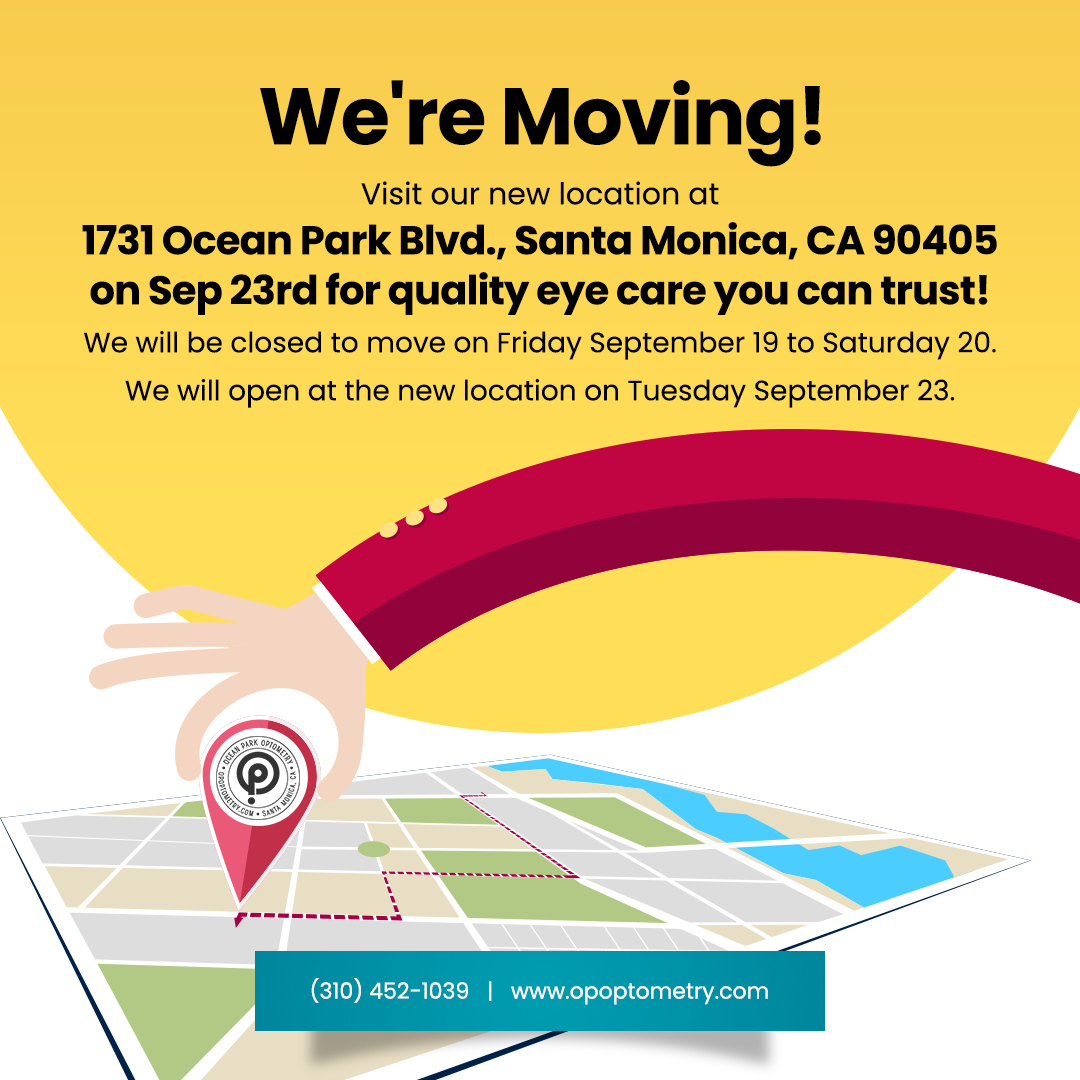
Low vision is sight loss that is not correctable with surgery, prescription contacts, or eyeglasses. Low vision does not result in complete blindness—you still have some sight that may be improvable with visual aids.
Low vision involves varying degrees of sight loss. These may include poor night vision, blind spots, or issues with glare. In some instances, it may lead to an almost total loss of sight.
Low Vision Causes
Low vision happens when you have visual acuity in your better eye that is below 20/70 with the best possible correction. Below are some of the most common causes of this condition.
Age-related Macular Degeneration
In some instances, the center of your retina (macula) may deteriorate as you age. Since the macula facilitates a sharp focus on objects, it regulates what you see in the center of your vision. When it gets damaged with age, it can impact your ability to recognize faces and drive safely.
Performing fine-detail tasks and reading also becomes difficult. Macular degeneration can be devastating because it creates a blind spot in front of your eyes.
Retinitis Pigmentosa (RP)
RP is a group of eye diseases that slowly destroy your peripheral and night vision. Low vision due to RP occurs when the light-sensitive cells in your retina deteriorate. These cells are in the light-sensitive area in the back part of your eye. It is a genetic condition that starts with night blindness in young adults. Unfortunately, RP often progresses to complete blindness, usually by age 40.
Glaucoma
This disease is a group of eye conditions that cause vision loss over time by damaging the optic nerve. The progressive damage is often due to extreme fluid pressure in your eye, resulting in fluid buildup. When the eye produces too much fluid and the flow of fluids out of the eye is faulty, the buildup occurs. The result is low vision and if left unchecked, may lead to blindness.
Cataracts
Low vision due to cataracts occurs when the lens inside your eye becomes cloudy. As a result, light cannot reach the retina in the back of your eye due to cloudiness. The condition results from over-exposure to the sun’s UV rays for long periods.
It can also occur due to injury, disease, or genetics. Surgeons can remove cataracts and swap the lens with intraocular lens implants to correct your vision. However, low vision occurs if you have an additional eye disease hindering cataract surgery.
Amblyopia
This condition also goes by the name lazy eye. It occurs when central vision development is deficient in one eye. Although it does not result from any eye disease, early detection and correction can reverse amblyopia. But when an individual does not seek treatment for the condition, it becomes impossible to reverse or improve amblyopia when you are an adult.
In Conclusion
Most of these conditions that cause low vision are easily controllable and manageable when detected early. Hence, it is imperative to get regular comprehensive eye exams to detect and prevent low vision.
For more on the causes of low vision, visit Ocean Park Optometry at our office in Santa Monica, California. You can also call (310) 452-1039 to book an appointment today.













